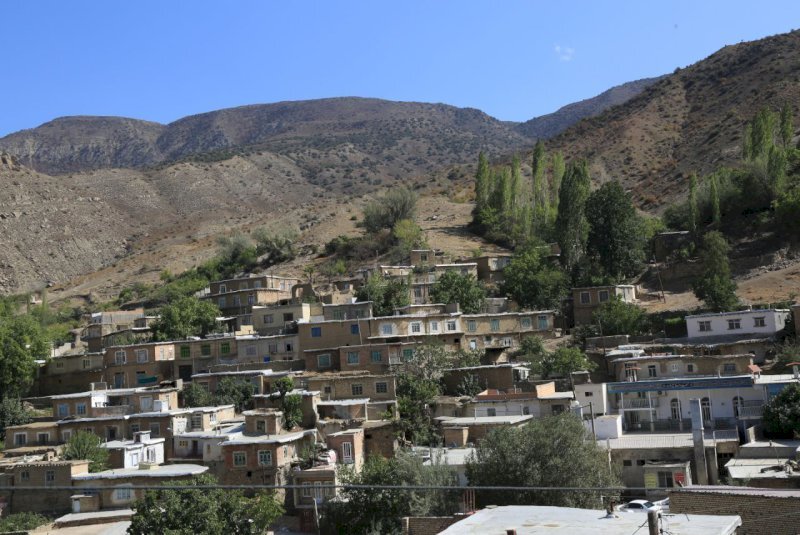TEHRAN—Authorities in northern province of golestan plan to develop the rural tourism infrastructure, the provincial tourism chief has said.
Development of tourism infrastructure will be prioritized in rural areas considering the capacities of the villages, Mohammad Javad Savari explained on Monday.
This could lead to overcoming the deprivation in the villages of the province, the official added.
Tourists can be attracted to the historical texture of the villages, but they must be preserved, revived, and organized, he noted.
By utilizing the potential of rural tourism and ecotourism, the villages’ economy could be boosted, he mentioned.
When it comes to rural tourism, Iran, which has many pristine yet diverse natural settings, has many to offer to nature lovers. Rural tourism as well as agritourism and farm stays can be regarded as a win-win both for local communities and post-modern travelers who are tracing unique experiences.
Sightseers may stay with a rural or nomadic family for a while or enjoy an independent stay and assist them with day-to-day life. It also opens up an opportunity to feel rustic routines, agriculture, traditions, arts, and culture.
Rural tourism, most of all, sets the ground for economic development in rural areas by creating additional income and employment. It can also improve the social well-being in rural areas, for instance by stimulating improvements in infrastructure, sanitation, and electricity networks.
The World Tourism Organization sees rural tourism as a type of activity in which the visitor’s experience is related to a wide range of products generally linked to nature-based activities, agriculture, rural lifestyle, culture, angling, and sightseeing. Such tourism also possesses characteristics such as low population density, a landscape dominated by agriculture and forestry, as well as traditional social structure and lifestyle.
Golestan is reportedly embracing some 2,500 historical and natural sites, with UNESCO-registered Gonbad-e Qabus –a one-millennium-old brick tower– amongst its most famous.
Narratives say the tower has influenced various subsequent designers of tomb towers and other cylindrical commemorative structures both in the region and beyond. The UNESCO comments that the tower bears testimony to the cultural exchange between Central Asian nomads and the ancient civilization of Iran.
ABU/AM
Related posts:
Views: 0
 RSS Feed
RSS Feed

















 September 20th, 2022
September 20th, 2022  Awake Goy
Awake Goy 






 Posted in
Posted in  Tags:
Tags: 
















